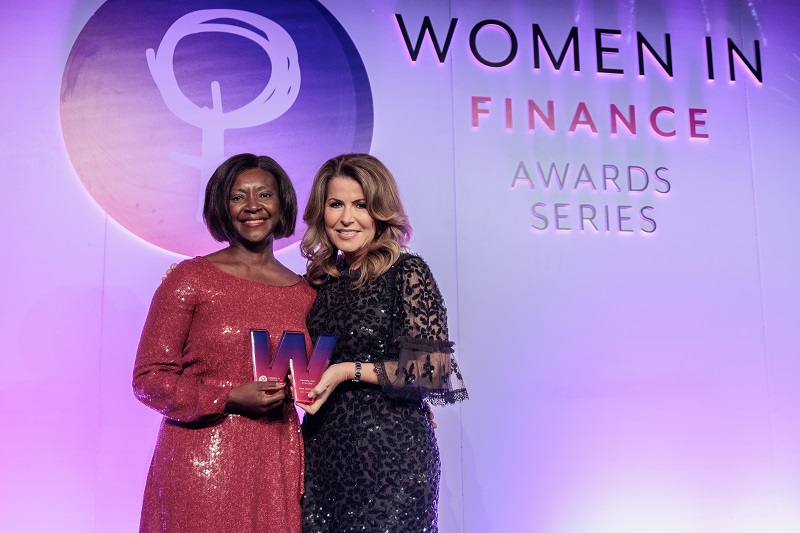John Comacchio, Senior Vice President and CIO at Teknion, will be taking part in a panel session focusing on the importance of fostering multi-generational talent, during the Women in IT Summit USA 2021 on the 28th April.
Taking place at 10:30am EST, the session will explore the benefits of cultivating and retaining cross-generational collaboration in work, and how to manage and, importantly, engage a workforce spanning 4-5 generations.
If you would like to register for the event, please click here. Registration for the summit is free of charge.
Ahead of the panel, Information Age wanted to find out more about how to foster and engage multi-generational talent. In this Q&A, we explore this topic with John Comacchio.
Why is it important to cultivate multi-generational talent, especially within the tech industry?
Technology has changed rapidly over the years, and each generation has come into technology at a different time.
Their perspectives, therefore, are very different when it comes to technology, because it’s viewed from the moment they began leveraging it, as opposed to waiting for the latest technological innovation.
It’s important to cultivate a multi-generational workforce in technology, especially, because everyone has different perspectives on the opportunities, challenges and shortfalls of tech. It’s a huge opportunity for every organisation to look at these perspectives and use technology in a better way because of that.
In your position as CIO, encompassing your roles and responsibilities, how are you engaging a multi-generational talent?
As a CIO, my team and I have to provide the technology that keeps the company running, for our customers as well as the employees that work here every day.
Having a perspective of a multi-generational workforce, not only within the technology department, but the wider business, allows us to enable digital transformation programmes with more success.
At the end of the day, we have to provide the technology, applications and tools that will help people to do their job better and not forcing them to work in a certain way.
The way the generations absorb that technology is different as well and it’s important to have mentoring both up and down the generation scale in order for technology to be adopted across the board.
As an example, some of the older generations that have more business experience, can tie the business aspect into technology adoption, and the younger generations can help in the leveraging of newer technologies.
Crucially, business drives technology.
Can you provide an example of how you’ve bridged different generations at Teknion?
In my early tenure, in order to keep the business moving fast, we implemented a mobile-first strategy for our workforce.
Having a multi-generational workforce helped with the rapid uptake of these technologies, first the BlackBerry before moving into the iPhones and Androids. This was because the younger generations in the workforce embraced the mobile-first strategy very quickly, because it was already part of their consumer lives, and helped assist the older generations in the tech adoption.
It’s hard to train people throughout an entire corporation and so having a multi-generational workforce helped everyone absorb and leverage our mobile-first strategy a lot quicker than it usually would have.
How important is diversity and representation in tech? And what do you think is our biggest barrier in that area at present?
Diversity is important in every aspect of the technology industry, because technology itself is a great equaliser.
Looking at the pandemic, everyone had to work from home and equally experienced the same technical challenges.
Technology is a great equaliser because it’s neutral no matter what happens in the world around us. Having diversity in technology is very important, therefore, because when deploying it, it is being utilised, adopted and utilised by a wide variety of different perspectives and viewpoints. It’s important for everyone to be represented within a technology team, because the technology in my organisation is leveraged by different generations, different genders, different ethnicities and so on.
None of us own the right perspective, and so it is important to have as many perspectives as possible in technology and business, for the future success of any company and their customers.
What are you most looking forward to — apart from your own session, of course — at the Women in IT Summit, USA next month?
I’m particularly looking forward to the first keynote on gender equality which will set the stage for the summit, and also highlight issues and impediments for Women in IT and STEM.
This is crucial because of the idea of technology being the great equaliser.
If we can better leverage technology as a communication and information tool to help us all be successful, that is a very important discussion.
I’m also very much looking forward to hearing about some of the case studies from the Summit, and in particular the morning’s closing keynote on Steering Clear of Performative Allyship.
It will be very interesting, because again, it will focus on how we can continue learning and become better at learning. That’s the whole goal of who we are and why we’re here.
To have a presentation focusing on performative allyship is one of those subjects that I think everyone has to hear, listen to and understand. Without these types of talks it’s harder to take action. And right now, we need action.
Hear from John at the Women in IT Summit USA, taking place on April 28 2021. To register a free place, click here.









